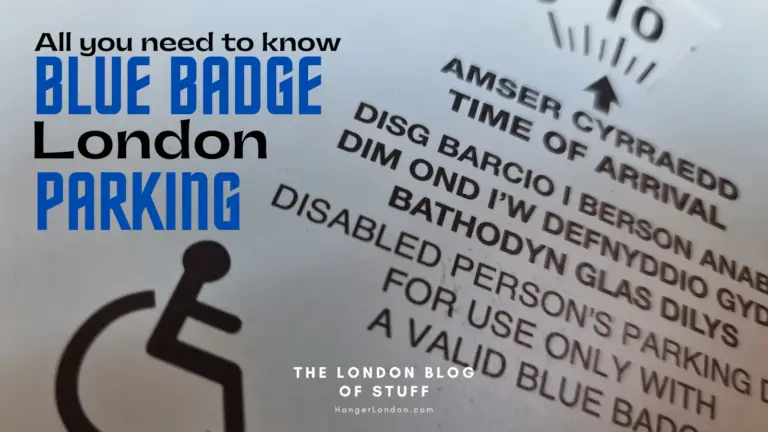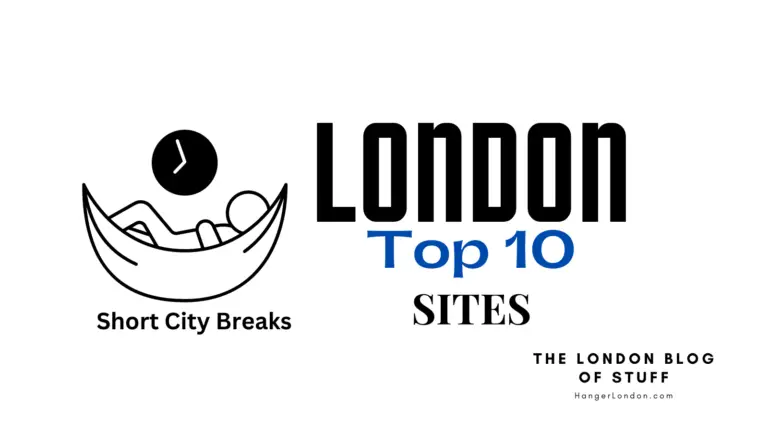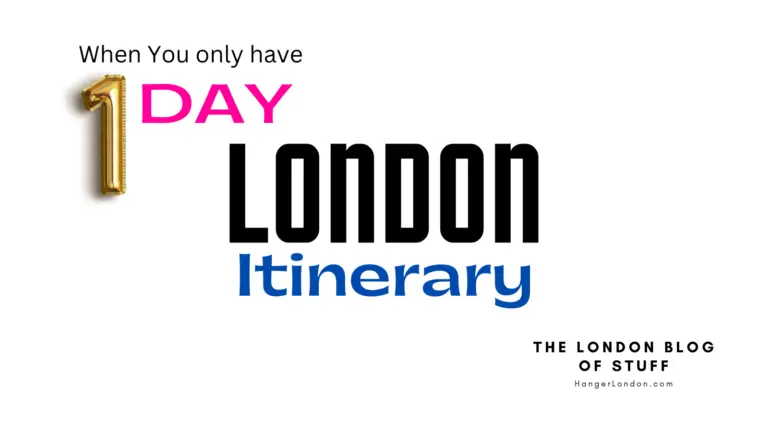Navigating London by using the English Post Code System
Navigating using London postcodes can be a bit tricky, but with a little bit of understanding, it can be a breeze. London postcodes are made up of two parts; the first part is the postcode area, which consists of one or two letters that indicate a specific region or area in London. The second part is the postcode district, which is a number that further specifies the location within the area. For example, the postcode W1D 3QU is in the W area (West End), and the district code is 1D.
Post Code follows, you have guessed it, the compass. North, South, East, and West. Looking for something to see in the East End, look for an E Post Code. Also, enter the postcode into google maps and the region will be highlighted.
Finding Your way around London by London Borough Names
London is a vast city with 32 boroughs, each with its own unique characteristics and attractions. To navigate London using the borough names, it is essential to have a good understanding of the city’s geography.
Central London Boroughs
Firstly, it’s crucial to know the central London boroughs, which are the City of London, Westminster, Camden, Islington, Hackney, Tower Hamlets, Southwark, Lambeth, Wandsworth, and Kensington & Chelsea. These boroughs are at the heart of the city and are well connected by public transport, including the famous London Underground, buses, and taxis.
Major Landmarks and attractions
Secondly, it’s important to know the major landmarks and attractions in each borough. For example, in Westminster, you can find Buckingham Palace, the Houses of Parliament, and Big Ben. In Camden, there’s the famous Camden Market, while in Kensington & Chelsea, there’s the Natural History Museum and the Victoria and Albert Museum. By knowing the main landmarks and attractions in each borough, it becomes easier to plan your journey and navigate the city using the borough names.
London Transport
When using borough names to navigate London, it’s also important to understand the city’s transport system. The London Underground is the most popular mode of transport, and it operates 11 lines that cover most parts of the city. Each line is color-coded, making it easy to identify the right line and direction to take. The bus network is also extensive, covering all 32 boroughs, and it’s a more affordable option compared to the Underground. Additionally, the city has an extensive network of cycle lanes, and cycling is a popular mode of transport, particularly in central London.



